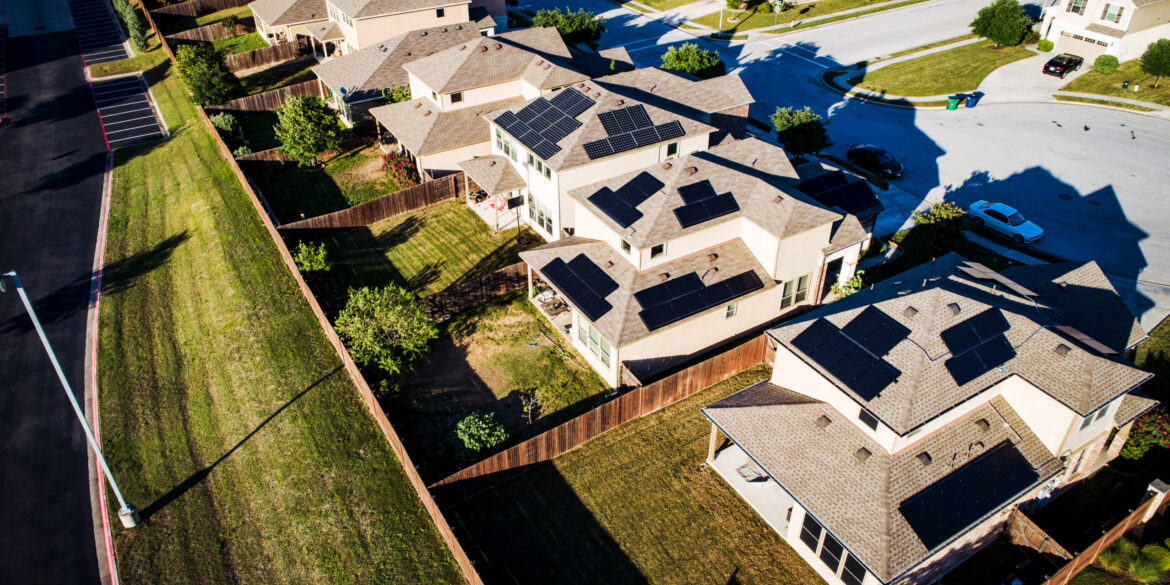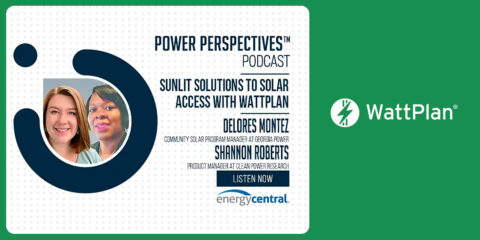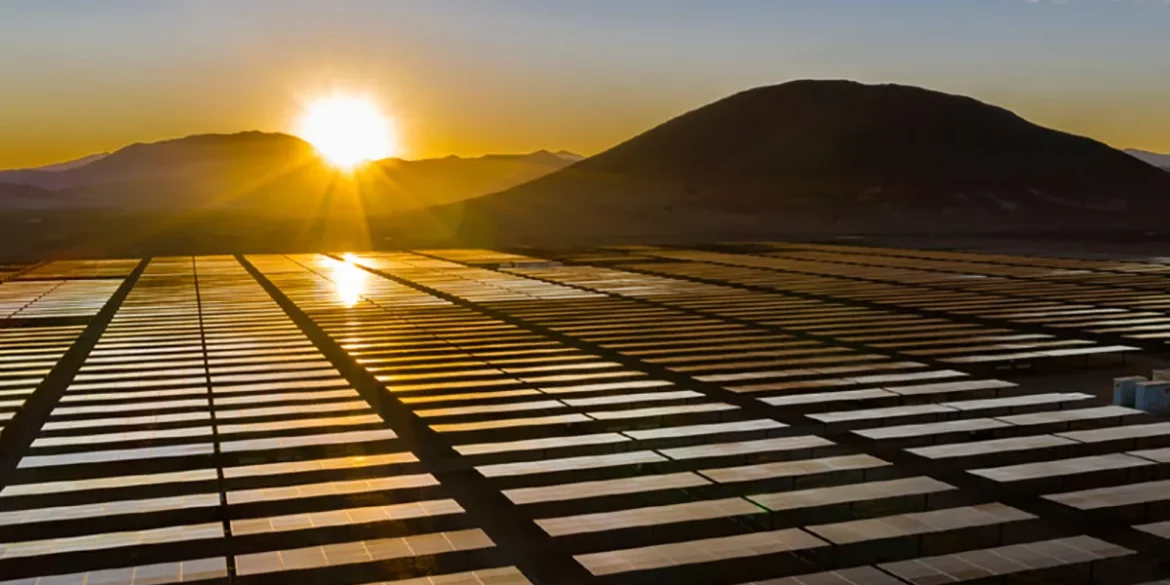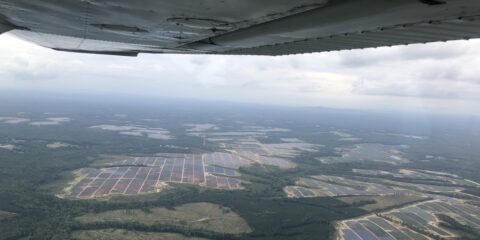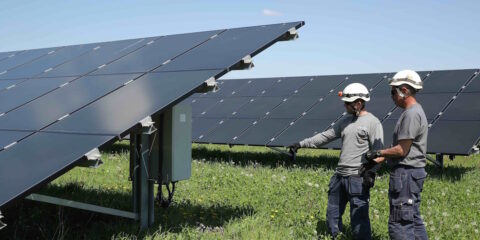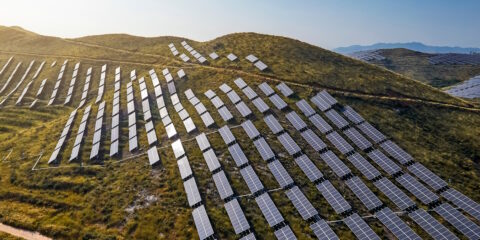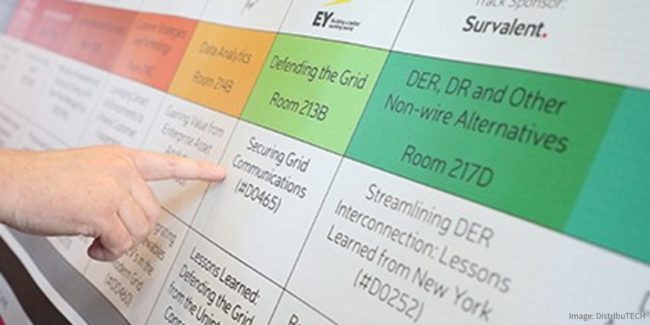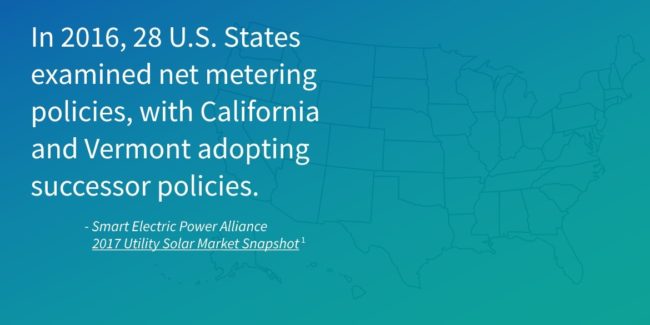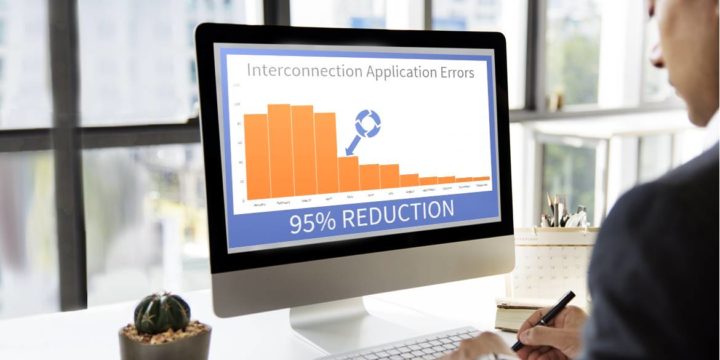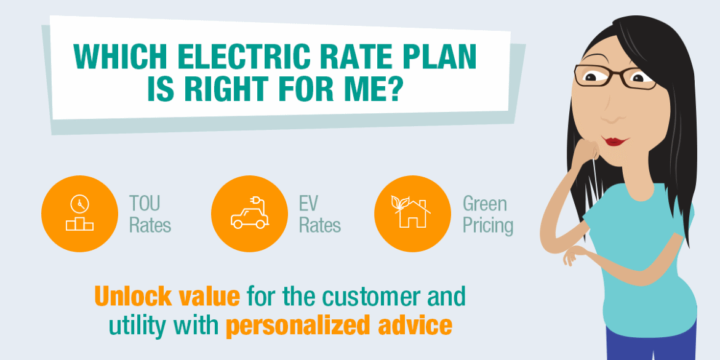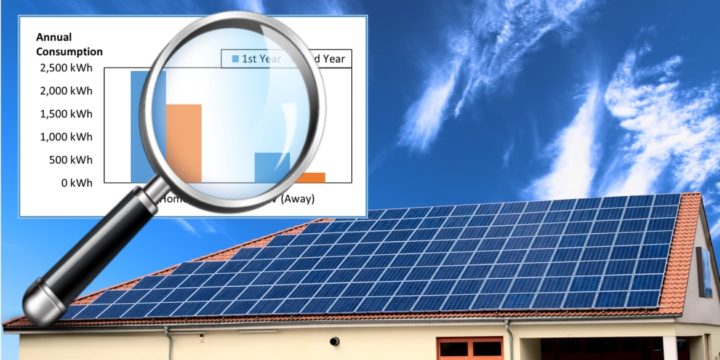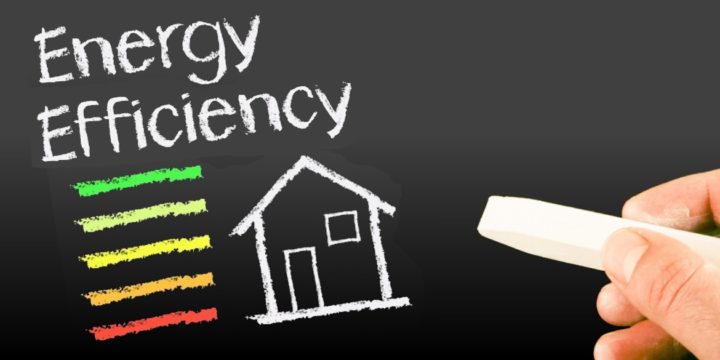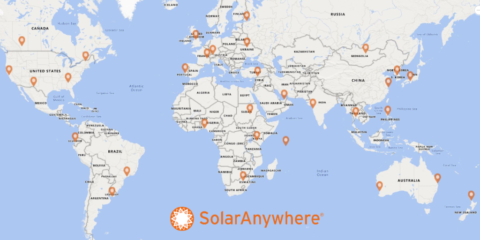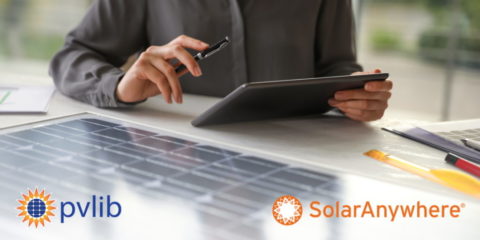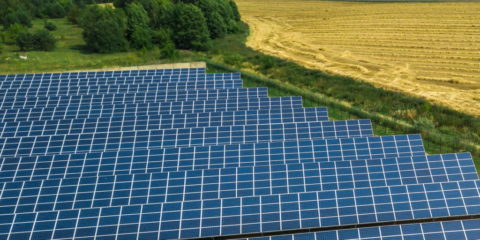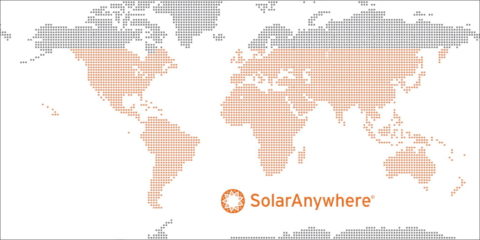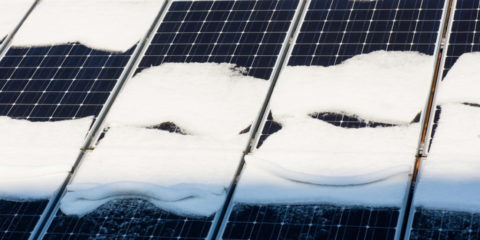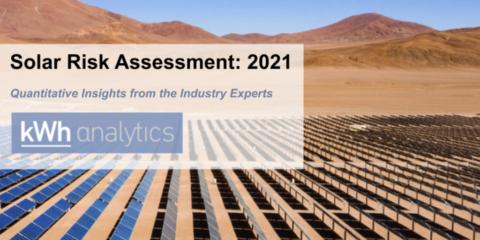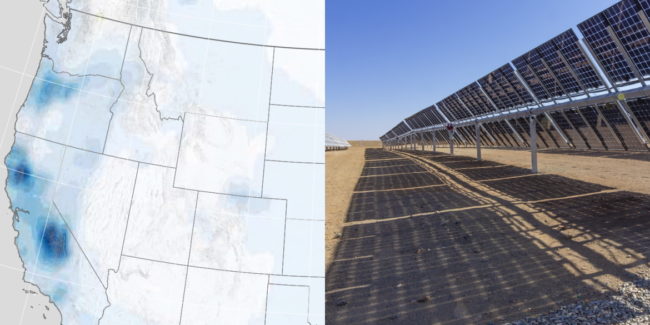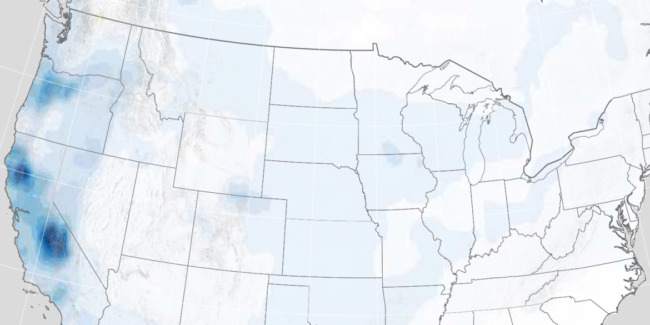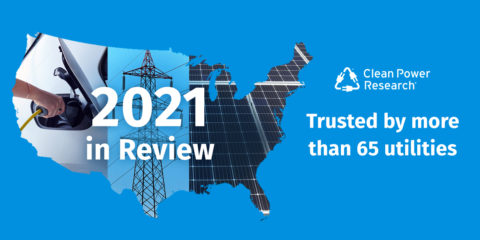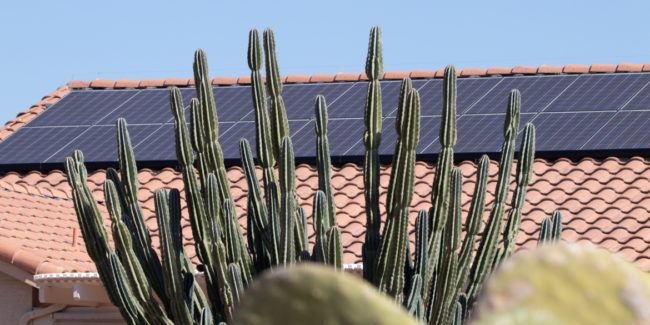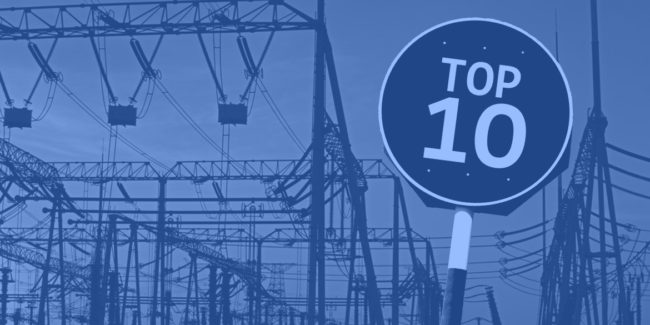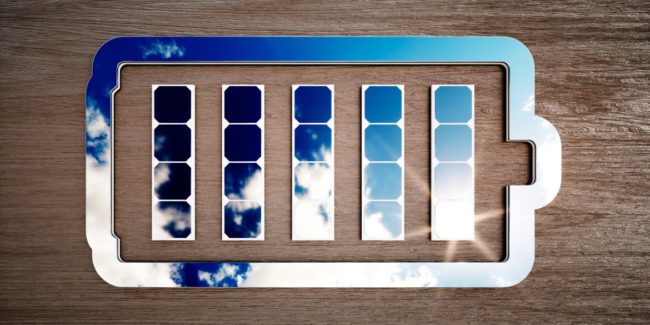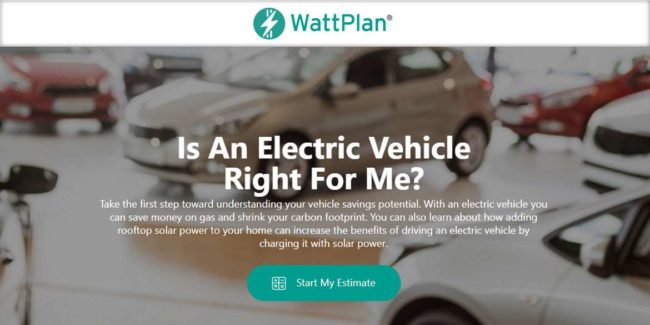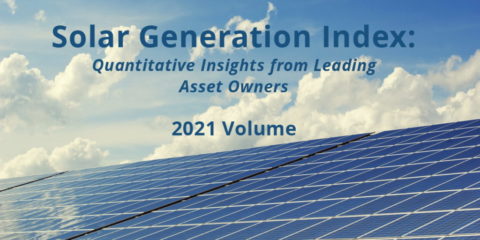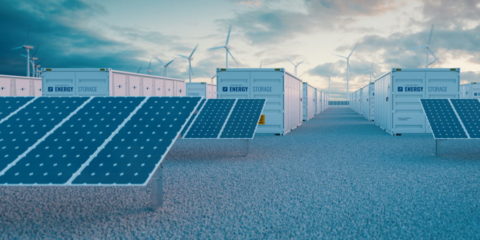No Results Found
The page you requested could not be found. Try refining your search, or use the navigation above to locate the post.
No Results Found
The page you requested could not be found. Try refining your search, or use the navigation above to locate the post.
Streamlining utility service requests to achieve decarbonization goals
Utilities today are working to achieve decarbonization goals while simultaneously responding to a surge in customer actions such as EV charger installation, new building construction, independent power production and more that lead to service requests. This poses a...
Case Study: JEA drives solar program excellence and resolves backlog with PowerClerk
JEA®, a community-owned utility in Jacksonville, Florida, faced a challenge that resonates with electric utilities and energy agencies big and small: a growing backlog of solar interconnection applications. Manually processing solar interconnection applications led to...
Case study: BayWA r.e. reduces OPEX by transitioning from aging and obsolete instrumentation to SolarAnywhere®
BayWa r.e. Operations Services LLC provides O&M services for a fleet of ~1 GW of renewable energy assets, both owned by BayWa r.e. and assets of other clients. Services include a real-time comparison of actual to expected, weather-adjusted energy output. This...
Podcast: Georgia Power expands solar access with innovative energy programs and WattPlan®
It’s energizing to showcase the innovative ways our utility customers like Georgia Power are accelerating the energy transition by expanding customer access to renewable options. Celebrating their efforts isn’t just a joy; it’s a chance to inspire other utilities and...
Case Study: APS implements PowerClerk® to enable efficient, flexible FERC generator interconnection management
Arizona Public Service (APS) experienced a surge in FERC Large Generator Interconnection applications, due to a growing demand for siting renewable energy projects in Arizona. The Federal Energy Regulatory Commission (FERC) has stringent requirements for connecting...
Unlocking the power of digitalization: Transforming utility energy programs for success
Digitization vs. digitalization Digitalization is more than a trending buzzword. It’s the next crucial step following “digitization” that utilities are taking to tackle real-world challenges. In fact, the Smart Electric Power Alliance (SEPA) recently identified...
Case study: Zeitview ensures advanced energy system inspection quality with SolarAnywhere®
Zeitview (formerly known as DroneBase) is an innovator in the field of aerial energy system inspections. They recently launched North American Solar Scan, a service that provides insight into every solar asset in the U.S. above 1MW.Zeitview utilizes planes and drones...
Case Study: Invenergy Services Drives Operational Excellence with SolarAnywhere®
On-site meteorological stations and site-specific satellite data work together in this case study featuring Invenergy Services.Invenergy Services is a clean energy asset O&M provider that has honed its offerings through 20 years of experience and a portfolio of...
SolarAnywhere® 2023 updates advance modeling accuracy for bifacial, terrain shading and wildfire risk assessment + Postman API documentation
Globally, the cumulative installed capacity of solar PV is set to triple by 2027, accounting for nearly 22% of total power capacity. With this rapid expansion and growth of solar in diverse geographical and climatic regions, solar stakeholders now face unprecedented...
Hot Topics at DistribuTECH 2018: The rise of DERMS, integrated interconnection and DER adoption planning
Every year we’re inspired at DistribuTECH, where in 2018 more than 11,000 participants from over 70 countries gathered in San Antonio to discuss the latest topics on grid modernization. For Clean Power Research and our customers, there was ample evidence that many of...
Buy or build? NREL examines the pros and cons for DER application processing systems
The National Renewable Energy Laboratory (NREL) recently released their independent study on "Improving Interconnection Processes with Online Application Processing Systems" for distributed energy resources (DERs). As DERs become...
Transitioning from NEM to successor tariffs can be a breeze for utilities
As net energy metering (NEM) evolves across the U.S., utilities are facing the challenge of meeting new successor tariff requirements related to application data collection, communication, performance, online payments and more. That transition can be tricky,...
Attention DER/PV interconnection teams: Your system planners are relying on you!
Recently I spoke with two very large investor owned utilities (IOUs) that are trying to backfill information for thousands and tens-of-thousands of PV systems located in their service territories. In other words, these system planners do not have equipment...
How Duke Energy sped up payment processing by 90% with ePayments
In late 2016, Clean Power Research announced a new integration between PowerClerk® and Stripe for ePayment processing. Stripe allows applicants to pay fees such as application fees via an online system integrated with PowerClerk’s workflow, rather than physically...
Three reasons not to build your own software
We often talk with utility customers who are considering the classic build versus buy decision for software. Should they use their own utility IT staff, or a subcontractor, to build and maintain custom software? Or should they partner with a vendor with a...
How Orange and Rockland Utilities reduced interconnection application errors by 95%
PowerClerk: The DER interconnection control center In September 2016, we released an important new integration capability that enables utilities to use PowerClerk® to create their own distributed energy resource (DER) interconnection control center. By using web...
PowerClerk: Your 24/7 assistant, not just a front end tool
PowerClerk® as a system In the world of software, the term “front end” refers to elements that users interact with, the user interface (UI). A front end, in turn, may enable access to “back end” databases, other software, etc. Over the years, we’ve often heard...
Destination: Integrated DER interconnection
For utilities, getting to an integrated DER interconnection workflow may seem complicated. Our latest whitepaper - Resolving the Conflict Between Distribution Planning and Interconnection Processes – provides a road map for the journey. In fact, thinking about that...
Tesla-SolarCity merger: a utility’s worst nightmare or sweetest dream?
On November 17, 2016, shareholders will vote on whether to approve the merger of Tesla and SolarCity. If approved, this merger would bundle together a triangle of disruptive distributed energy resources (DERs): rooftop solar, electric vehicles and battery storage. The...
Electric vehicles provide large GHG reductions in Minnesota
This week’s blog post is a contribution from our guest author Dane McFarlane, of Great Plains Institute (GPI) and was originally published on GPI's Better Energy, Better World. To learn more about how Clean Power Research is helping customers understand the value of...
Net metering changes: An opportunity to improve customer satisfaction
Electric utilities are introducing new rate designs for mass-market (residential and small commercial) customers to better align with costs to serve and to encourage energy use habits that benefit the grid. However, with innovative rate designs utilities can achieve...
Decarbonizing transportation – Enter the electric utility superhero
A funny thing happened this year that hasn’t happened for a very long time. I am not talking about Leicester City winning the Premier League or the Cleveland Cavaliers knocking off the heavily favored Golden State Warriors. I am not even talking about the U.S. Women’s...
Will utilities fully unlock the value that rate change offers?
The U.S. utility industry is on the precipice of a tremendous value creation opportunity. Emerging challenges such as increasing renewable generation, new regulatory pressures, the growing number of consumer energy products, and declining load are leading to evolution...
Two years of operating a solar+ home: Does it work?
This article is a follow-on to Clean Power Research’s 11-part series on Solar+ homes series. Solar+ homes describes how homeowners can combine simple energy efficiency measures, solar PV, electric vehicles (EVs) and appliance electrification to create households that...
Electric vehicles: Increasing the bottom line for consumers and utilities
There are currently 14 all-electric vehicles (EVs) on the market, and eight of the top-ten vehicle manufacturers now have a plug-in vehicle for the average consumer in their line-up. With all the news, there is no doubt that Tesla Model 3 reservations of more than...
Paradigm shift for U.S. utilities: “Energy” efficiency, not “electric” efficiency
Stagnant load stinks If you're a regulated utility in the United States, stagnant or declining load stinks. Policies like decoupling help a little, but like any other business, no utility really wants to face the economics of declining use of their product. If one...
Should I wait for Tesla’s Model 3?
Tesla announced the release of the Model 3 on March 31, 2016, and several hundred thousand reservations have been made. This has demonstrated a strong market demand for an electric vehicle (EV) that has three attributes: It’s attractive, has a decent range, and is...
PV innovation gets a boost with new SolarAnywhere Public: Current, complete, no-cost solar data for select locations
Solar PV is poised to become the new “king of electricity generation” according to the International Energy Agency (IEA), which predicts solar to lead the surge in renewable power supply over the next decade. Across the U.S. alone, solar is expected to account for 40%...
Clean Power Research offers pvlib models via SolarAnywhere; joins pvlib open-source community
With the rapid growth of solar PV around the world, project developers, owners and operators need efficient and robust solutions to help them develop, operate and maintain PV systems at scale. Programmatic access to solar energy simulations helps stakeholders make...
SunCast podcast: Industry experts discuss the past, present and future of solar project financing
In the SunCast podcast “The Value of Data on Solar Project Finance,” I joined Nico Johnson, the podcast host, Heidi Larson from ICF, and Hoa Shen from kWh Analytics in a discussion about the past, present and future of solar project financing. The conversation focused...
SolarAnywhere® Data coverage goes global with added support for East Asia and Oceania
SolarAnywhere®, the industry’s leading solar data and intelligence service, now offers solar data services in East Asia and Oceania, including Australia and New Zealand. With the addition of this region, SolarAnywhere now provides full global coverage, including...
Reduce PV performance uncertainty with specific, data-driven snow-loss estimates using time-series data
A rapid decline in solar technology costs and ambitious federal and state-level renewable energy targets have accelerated the deployment of solar PV across diverse geographical regions. This has allowed solar generation to become viable even in northern latitudes and...
2021 Solar Risk Assessment Report: Data insights to mitigate financial, operating and natural catastrophe risk
With solar accounting for 43% of new generation capacity in the U.S. in 2020—an industry record—the kWh Analytics’ Solar Risk Assessment report is more important than ever to maintain the collective credibility of the solar industry. The third annual installment of...
Clean Power Research & 8minute Solar Energy Partner on R&D for Probabilistic Forecasts
Renewables have dominated the growth of new bulk power generation sources over the past five years. Driven by favorable policy, rapid declines in cost, improvements in technology, and fast time to market, as of 2019, solar power plants made up 29 GW of the existing...
SolarAnywhere Version 3.5 Available: Improves Accuracy and Enables Bifacial Project Modeling
Clean Power Research is pleased to announce the launch of SolarAnywhere® version 3.5 (v3.5), which incorporates high-resolution aerosol and albedo data to improve accuracy and enable more accurate irradiance modeling, including bifacial project modeling. SolarAnywhere...
2020 regional solar deviation summary and North American wildfire smoke impact report
Wildfires diminished total sunlight in September 2020 by up to 20%, driving potential PV plant production risk Disaster preparedness—understanding and mitigating losses due to wind, hail and fire—is now a mainstream topic in the solar industry. In the United States...
No Results Found
The page you requested could not be found. Try refining your search, or use the navigation above to locate the post.
More than 65 utilities trust Clean Power Research to accelerate their energy transformation
In 2019, Clean Power Research reached a milestone when we reported that all Top 10 U.S. utilities relied on one or more of our products to support their energy transformation efforts. In 2021, we witnessed a step change by our utility customers as the tempo of the...
Deployment of utility COVID-19 relief program using PowerClerk®
A Case Study from CLEAResult & Liberty Utilities While coverage of COVID-19 continues to dominate the daily news cycle, new information on the economic challenges facing utilities and their customers continues to emerge. In times like these, many companies are...
Tucson Electric Power builds a better customer experience with WattPlan®
With the rapid expansion of distributed energy resources (DERs), utilities are offering new types of electric rate plans to their customers. These traditional and renewable rate plans give customers new options, but knowing which rate to choose can be confusing. When...
Clean Power Research and EPRI win NYSERDA clean-energy challenge
We’re pleased to announce that Clean Power Research and Electric Power Research Institute (EPRI) have been selected as winners of the New York State Energy Research and Development Authority’s (NYSERDA’s) “Future Grid Challenge.” The project will demonstrate...
All top 10 U.S. utilities trust Clean Power Research
At Clean Power Research, we think of ourselves as a modestly sized company doing big work. We are a passionate team of engineers, scientists and customer-obsessed service professionals focused on delivering world-class software solutions to utilities and the solar...
DER Program Managers – Get ahead of the storage surge!
Storage – A Highly Charged Market One way to gauge hot topics in the utility world is to track what’s new on the DistribuTECH Conference agenda. Due to strong interest from utility attendees and the vendor community, the DistribuTECH Conference Committee decided to...
Utilities with industry-leading customer satisfaction use WattPlan
The 2017 J.D. Power Electric Utility Residential Customer Satisfaction StudySM results are in, and utilities that rank highest not only provide excellent reliability and rate options, many of them are also taking advantage of online engagement tools to improve the...
Why EV strategy is important for utilities: SMUD’s story
Electric vehicle (EV) adoption is increasing, and utilities are taking notice. In a May 25, 2017 webinar, “Shifting Utility EV Strategy into Drive: Best Practices and Lessons Learned1,” Thor Hinkley, EV senior program consultant at CLEAResult, pointed out that nearly...
How Orange and Rockland Utilities reduced interconnection application errors by 95%
PowerClerk: The DER interconnection control center In September 2016, we released an important new integration capability that enables utilities to use PowerClerk® to create their own distributed energy resource (DER) interconnection control center. By using web...
More than 65 utilities trust Clean Power Research to accelerate their energy transformation
In 2019, Clean Power Research reached a milestone when we reported that all Top 10 U.S. utilities relied on one or more of our products to support their energy transformation efforts. In 2021, we witnessed a step change by our utility customers as the tempo of the...
kWh Analytics’ 2021 Solar Generation Index: Real-world data, collaboration needed to inform financial decisions and improve certainty in returns
As solar becomes a more attractive investment, transaction speed often takes precedence over accuracy, which can lead to market inefficiencies. In the 2021 Solar Generation Index report, kWh Analytics is supplying transparency to the solar industry with a performance...
Introducing SolarAnywhere® hindcast data: optimize PV plant design to deliver firm solar power
The solar market is maturing and off-takers are increasingly asking for clean, guaranteed power production regardless of the weather. This trend towards firm solar power delivery is visible in corporate commitments to operate on carbon-free energy 24/7, 365 days a...
PV innovation gets a boost with new SolarAnywhere Public: Current, complete, no-cost solar data for select locations
Solar PV is poised to become the new “king of electricity generation” according to the International Energy Agency (IEA), which predicts solar to lead the surge in renewable power supply over the next decade. Across the U.S. alone, solar is expected to account for 40%...
Clean Power Research offers pvlib models via SolarAnywhere; joins pvlib open-source community
With the rapid growth of solar PV around the world, project developers, owners and operators need efficient and robust solutions to help them develop, operate and maintain PV systems at scale. Programmatic access to solar energy simulations helps stakeholders make...
SunCast podcast: Industry experts discuss the past, present and future of solar project financing
In the SunCast podcast “The Value of Data on Solar Project Finance,” I joined Nico Johnson, the podcast host, Heidi Larson from ICF, and Hoa Shen from kWh Analytics in a discussion about the past, present and future of solar project financing. The conversation focused...
Leveraging utility trusted advisor status to drive EV growth and grid reliability
The electric vehicle (EV) market continues to sizzle across the country, setting a record for quarterly sales in Q1 and Q2 of 2021. Through April 2021, EV sales were up 130 percent over 2020, and exceeded 2019 sales by 75 percent. Utilities have recognized the...
SolarAnywhere® Data coverage goes global with added support for East Asia and Oceania
SolarAnywhere®, the industry’s leading solar data and intelligence service, now offers solar data services in East Asia and Oceania, including Australia and New Zealand. With the addition of this region, SolarAnywhere now provides full global coverage, including...
2021 Solar Risk Assessment Report: Data insights to mitigate financial, operating and natural catastrophe risk
With solar accounting for 43% of new generation capacity in the U.S. in 2020—an industry record—the kWh Analytics’ Solar Risk Assessment report is more important than ever to maintain the collective credibility of the solar industry. The third annual installment of...

